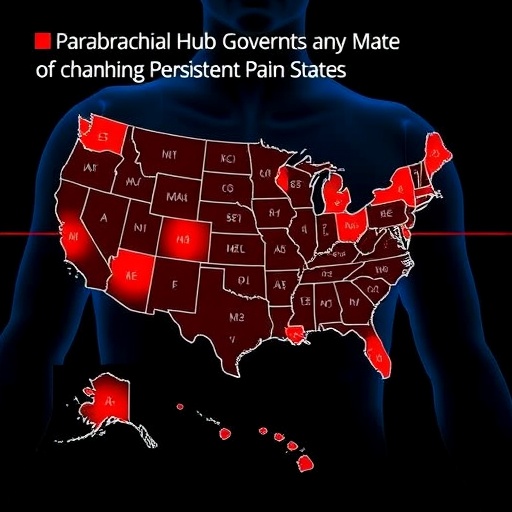In recent years, the use of aspirin for primary prevention of cardiovascular disease has undergone significant scrutiny, particularly following landmark clinical trials and evolving guidelines that shifted the paradigm of its prescribing practices. The latest findings highlight an intriguing trend: the decline in self-reported use of aspirin among older adults and those with low atherosclerotic cardiovascular disease (ASCVD) risk. These individuals have been advised against the routine use of aspirin, and subsequent adherence to this guidance appears to be improving. However, a paradox emerges when examining the behavior of patients at higher ASCVD risk, as a notable percentage continues to consume aspirin, despite the updated recommendations dictating otherwise.
Aspirin, a well-known analgesic and anti-inflammatory medication, has long been touted for its cardiovascular protective properties. Traditionally, it has been recommended for individuals at increased risk of heart attacks and strokes as a means of thinning the blood and preventing clots. However, recent studies indicate that the risk versus benefit ratio of aspirin use, particularly in older populations, may not favor universal application. While it remains beneficial for certain high-risk patients, the same cannot be confidently asserted for those with lower risk profiles.
The decline in aspirin use among older adults is encouraging, suggesting that awareness regarding the updated guidelines is gradually permeating through to patients and their healthcare providers. The reduced usage among those deemed low-risk underscores an essential aspect of preventive healthcare—individualized risk assessment. By tailoring medical advice to a patient’s specific health status, providers can better safeguard against unnecessary medications that may pose risks without providing sufficient therapeutic advantage.
Meanwhile, the persistence of aspirin use among individuals with higher ASCVD risk poses a critical question: Why do these patients continue the practice against their physicians’ guidance? This situation reflects deeper issues in patient compliance, understanding of medication purpose, and trust in healthcare recommendations. Many of these patients may hold onto the belief that, given their risk factors, continued aspirin use equates to enhanced protection against cardiovascular events. This complex interplay of psychology and clinical practice emphasizes the necessity for targeted educational approaches by healthcare professionals.
Initial enthusiasm for low-dose aspirin as a preventive measure stemmed from its efficacy in extensive clinical trials showing a reduction in heart attack and stroke incidence among certain demographics. However, following rigorous reevaluation, it has become starkly evident that potential adverse effects, such as gastrointestinal bleeding, can outweigh the benefits for low-risk individuals. The growing body of research prompting changes in recommendations reflects the dynamic nature of clinical guidelines, which evolve as new evidence emerges from ongoing studies.
Importantly, healthcare providers are encouraged to engage in open dialogue with their patients regarding the pros and cons of aspirin therapy, especially in light of each patient’s unique risk factor profile. This dialogue is paramount in resolving misconceptions and fears surrounding the discontinuation of medication that patients may have relied on for years. Providers can play a crucial role in educating patients about the individualized approach to cardiovascular disease prevention, preparing them for shared decision-making regarding their treatment plans.
Healthcare systems are now tasked with the challenge of ensuring these recommendations reach patients effectively. Simply changing medical guidelines is not sufficient; the translation of these guidelines into patient practice remains critical. Future studies may explore strategies to enhance patient education, including the use of digital health tools, mobile applications, and telehealth interventions that position patients as active participants in their health management.
Further, adherence is influenced by factors beyond merely medical advice. Personal beliefs, social networks, and the availability of alternative therapies can significantly shape patient behavior regarding aspirin use. Understanding the sociocultural context in which patients make healthcare decisions is essential for tailoring interventions that resonate with their values and beliefs about health management.
In summary, as our understanding of cardiovascular disease prevention advances, the ongoing reflection on aspirin use among varying risk stratifications serves as a vital lesson in the complexities of patient care. While the decline in aspirin use among low-risk individuals marks progress in implementing evidence-based guidelines, the resistance displayed by higher-risk populations invites a deeper investigation into the conversation dynamics between patients and providers.
It is clear that promoting awareness and ensuring that patients understand the implications of their treatment are essential steps toward optimizing cardiovascular health. As healthcare continues to navigate the delicate balance of preventive medicine, the dual forces of scientific research and patient education hold the key to future success in managing and reducing the burden of cardiovascular disease.
Subject of Research: The study focuses on the trends in self-reported aspirin use among older adults and those with varying ASCVD risk levels following updates to the clinical guidelines and new research findings.
Article Title: Not Provided
News Publication Date: Not Provided
Web References: Not Provided
References: Not Provided
Image Credits: Not Provided
Keywords: Aspirin, Atherosclerotic Cardiovascular Disease, Primary Prevention, Clinical Guidelines, Patient Compliance, Cardiovascular Health, Risk Assessment, Preventive Medicine.





